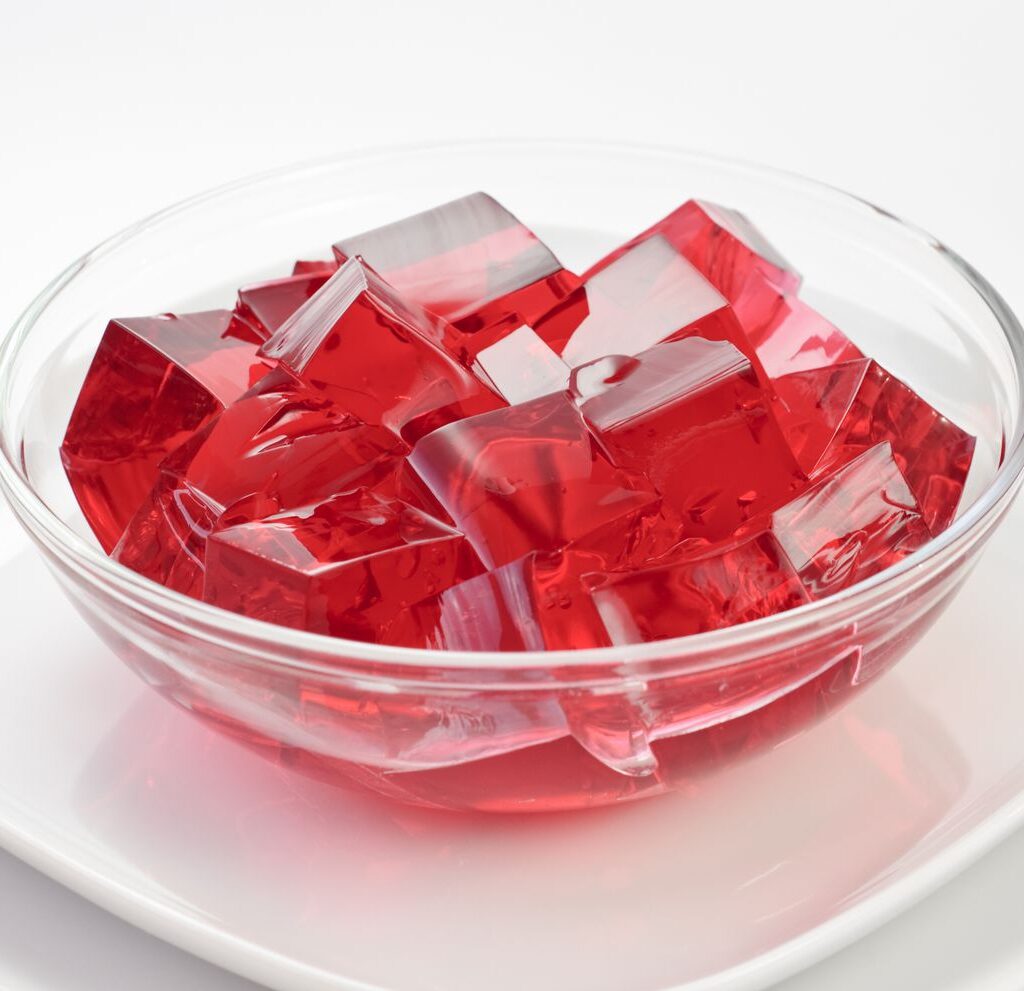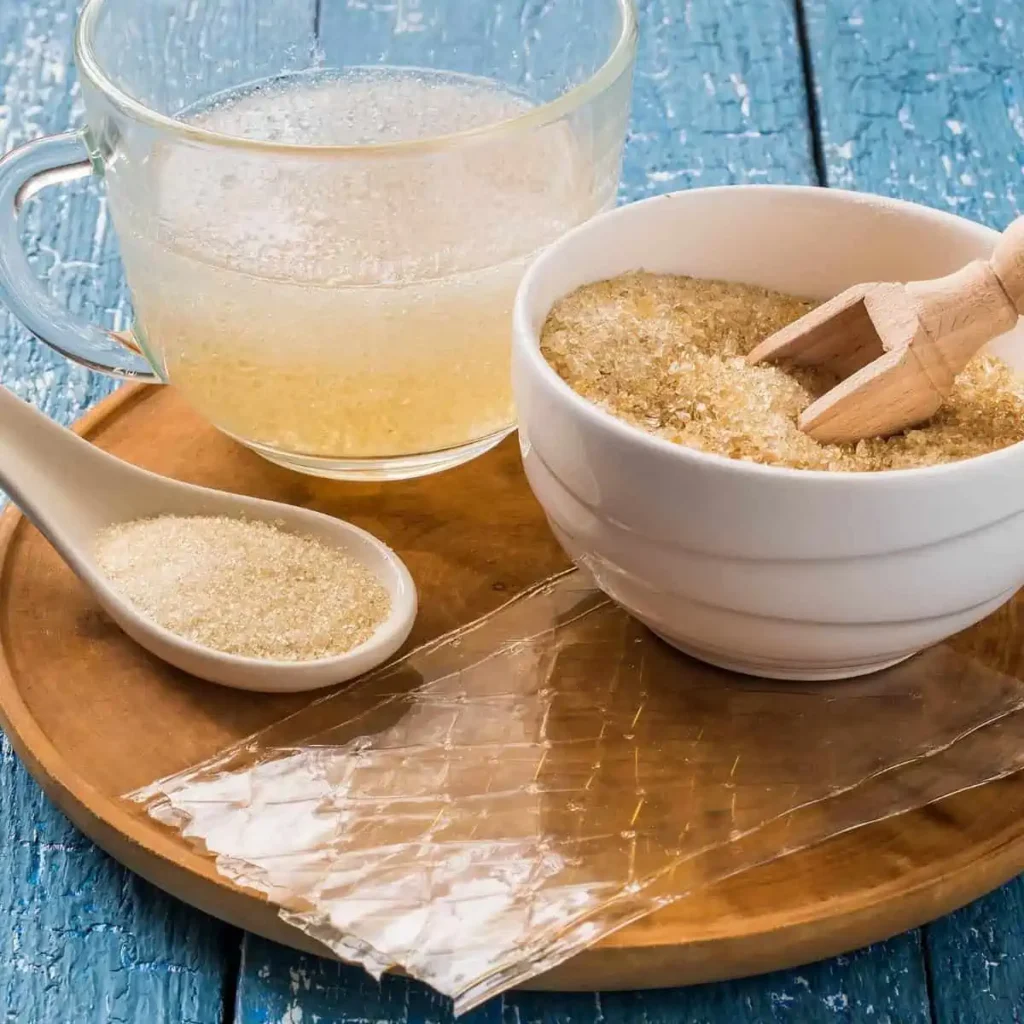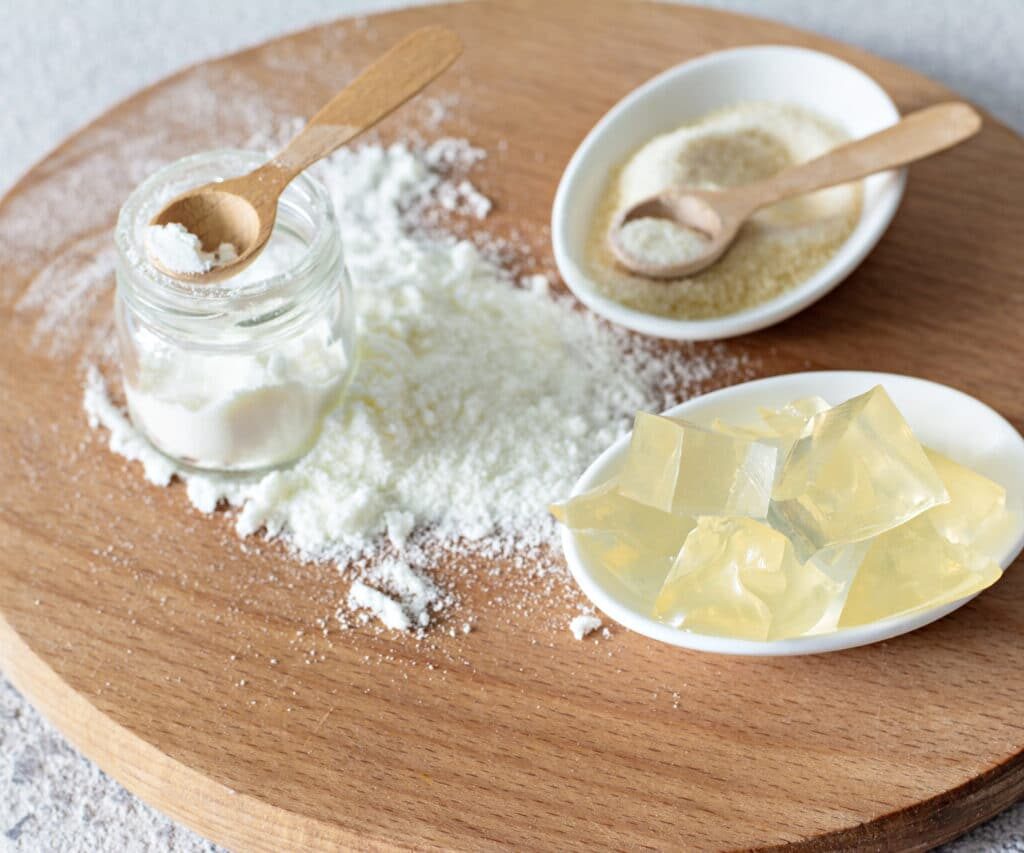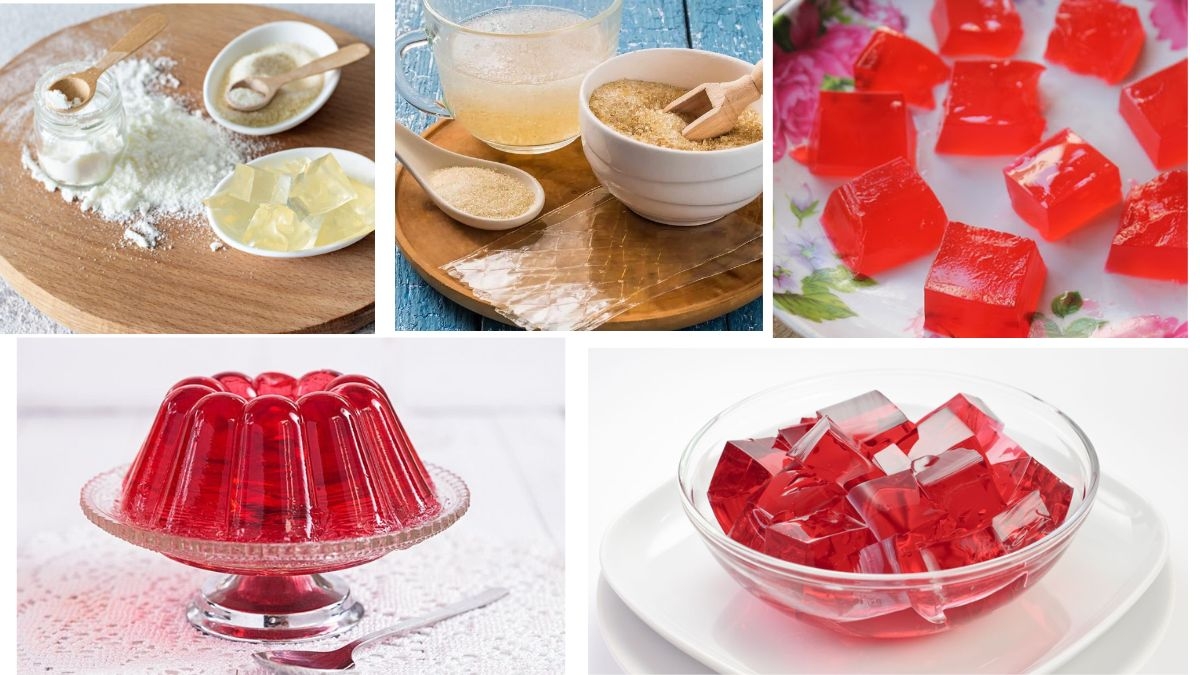Gelatin, a versatile protein derived primarily from collagen extracted from animal parts, is a vital ingredient across industries such as food, pharmaceuticals, cosmetics, and photography. Whether used to create chewy candies, encapsulate medicines, or thicken desserts, gelatin plays a major role in modern production and consumption patterns. Given its vast applications and high global demand, it is important to understand which country leads the world in its production.
Introduction to Gelatin and Its Global Importance

Gelatin is a natural product usually derived from pork skin, bovine hides, and animal bones. It is colorless, flavorless, and water-soluble, making it ideal for culinary uses such as in marshmallows, gummy bears, yogurts, and jellied meats. The pharmaceutical industry relies heavily on gelatin for making soft and hard capsules, while the cosmetic industry uses it in face masks, shampoos, and anti-aging products. With growing demand from food processing and nutraceutical sectors, global production has seen consistent growth.
Global Gelatin Market Overview

The global gelatin market is estimated to exceed USD 4 billion by 2025, with a compound annual growth rate (CAGR) of about 6-7%. The largest segment is food & beverage, followed by pharmaceuticals and personal care. North America and Europe are leading markets, but Asia-Pacific is rapidly expanding due to changing dietary habits and increased use in supplements.
The production of gelatin is highly specialized and is limited to countries that have robust livestock industries, advanced processing technology, and strict quality standards. Key producing countries include:
- United States
- Germany
- Brazil
- China
- France
- India
While many of these countries are major producers, Brazil stands out as the largest producer of gelatin in the world.
Brazil: The Gelatin Powerhouse

Why Brazil?
Brazil holds a unique position in the global gelatin industry due to its expansive cattle industry, favorable regulations, and developed food processing infrastructure. As the world’s largest beef exporter and one of the largest livestock producers, Brazil has a rich and sustainable source of raw materials for gelatin production, such as bovine hides and bones.
Leading Companies
Brazil is home to GELITA do Brasil, a key subsidiary of the German multinational GELITA AG, one of the world’s top gelatin manufacturers. GELITA operates some of its most advanced production facilities in Brazil, which contributes significantly to global supply. Other companies like Rousselot (a Darling Ingredients brand) and PB Leiner also have operations in South America, taking advantage of Brazil’s resources and low-cost structure.
Export Dominance
Brazil is not only the largest producer but also a significant exporter of gelatin. Its gelatin products are in demand across Europe, North America, and Asia due to high-quality standards and competitive pricing. The country benefits from trade agreements, logistical efficiency, and its ability to meet halal and kosher certification standards.
Germany and the United States: Global Contenders

Germany
Germany, home to GELITA’s headquarters, is historically one of the largest producers and innovators in the gelatin market. German manufacturers focus on high-purity, specialized gelatin for medical and biotech industries. However, due to higher operational costs and limited livestock compared to Brazil, Germany now focuses more on premium and research-intensive products.
United States
The U.S. remains a major player, particularly in pork-derived gelatin, due to its advanced food technology sector and vast hog farming industry. Companies like Nitta Gelatin NA and PB Leiner USA have large-scale operations and serve domestic and international markets. While its total volume may not match Brazil’s, the U.S. is dominant in high-end applications, especially in pharmaceuticals and nutraceuticals.
China and India: Rising Giants

China
China is among the top gelatin consumers and an emerging producer. However, regulatory challenges and raw material quality have historically limited its export potential. In recent years, China has expanded its production capacity, particularly for pharmaceutical-grade gelatin, but it still relies on imports for high-grade materials.
India
India has witnessed growth in its gelatin industry, particularly due to rising domestic pharmaceutical demand. However, religious dietary restrictions (especially among Hindus and Muslims) influence the type of gelatin that can be produced and consumed. While India exports gelatin, especially to countries with large Muslim populations (halal-certified), it still lags behind Brazil and the U.S. in volume and technology.
Production Process and Sustainability
The gelatin production process involves washing, degreasing, acid or alkaline treatment, and thermal hydrolysis of collagen. Brazil’s efficiency in these processes gives it an edge in both yield and cost-effectiveness.
Environmental sustainability is also a growing concern. Modern gelatin producers, especially in Brazil and Europe, focus on waste minimization, water recycling, and energy efficiency. Gelatin, often made from by-products of the meat industry, inherently contributes to reducing food waste by utilizing materials that would otherwise be discarded.
Applications Driving Growth
1. Food & Beverage
- Confectionery (e.g., gummies, marshmallows)
- Dairy products (e.g., yogurt, cream cheese)
- Desserts (e.g., jellies, mousses)
- Functional foods (e.g., protein supplements)
2. Pharmaceuticals
- Capsules (hard and soft gel)
- Coatings
- Wound dressings
3. Cosmetics
- Skin firming products
- Hair and nail care
4. Industrial
- Photography
- Micro-encapsulation
- Biotechnology applications
With expanding uses and growing health trends (especially collagen supplementation), the global demand for gelatin is expected to surge further—solidifying the importance of top-producing nations.
Challenges in the Gelatin Industry
- Raw Material Concerns: Availability and disease outbreaks (e.g., BSE in cattle) can disrupt supply chains.
- Religious and Dietary Restrictions: Halal, kosher, vegetarian, and vegan movements limit gelatin’s appeal in certain markets.
- Competition from Alternatives: Agar-agar, carrageenan, and pectin are being used as plant-based substitutes, particularly in vegan-friendly products.
Still, gelatin remains unrivaled in many applications due to its unique gelling, binding, and emulsifying properties.
Conclusion
In conclusion, Brazil is currently the largest producer of gelatin in the world, benefiting from abundant cattle resources, supportive regulations, low production costs, and strong export capacity. While other countries like Germany, the United States, China, and India also play significant roles in gelatin production, Brazil stands out for its volume and global influence.
As gelatin demand continues to rise across diverse industries, especially in health-conscious and aging populations, countries like Brazil are expected to maintain their leadership position through innovation, scale, and sustainability.
For those interested in the dynamics of food and pharmaceutical ingredient supply chains, Brazil’s role in the gelatin industry serves as a compelling case study of resource efficiency, global trade, and industrial expertise.





Leave A Comment